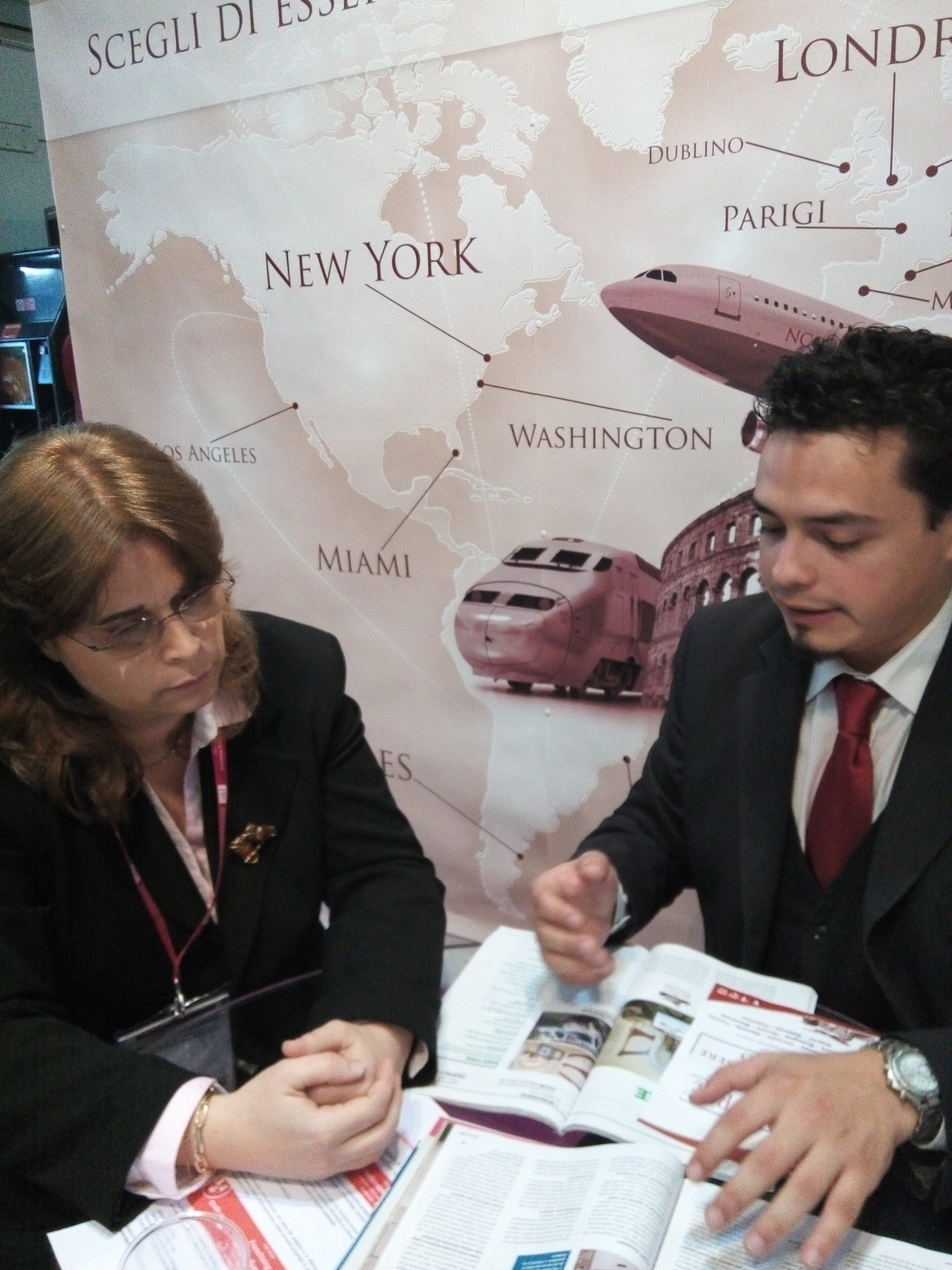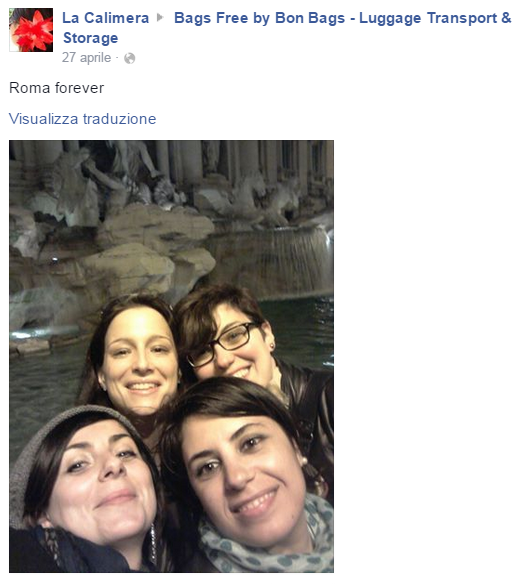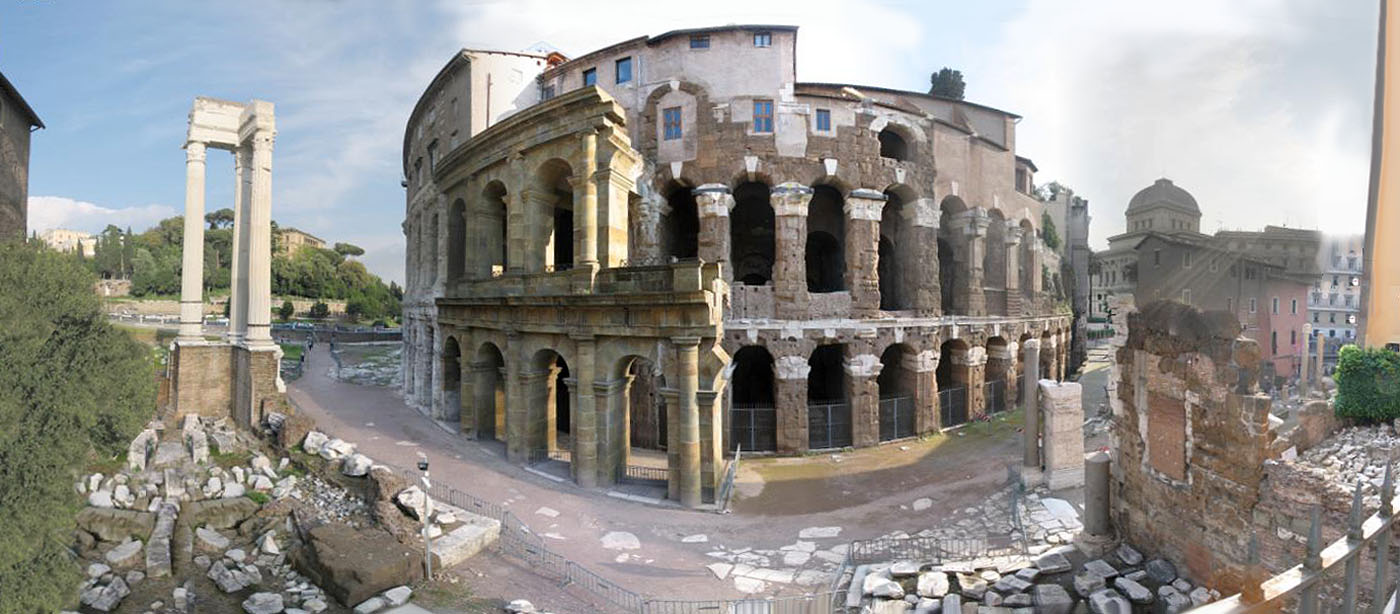Official Site
For Roma Pass Owners Promotion: 10% Discount on Our Luggage Service
Roma Pass, which is sponsored by Rome City Council and the Ministry for the Arts and Cultural Activities and Tourism, in collaboration with ATAC, the public transport company, is the capital’s special tourist-cultural card that enables both tourists and interested local residents, the opportunity to benefit from various discounts and services that make it easier and cheaper to enjoy the splendours of Rome.
- Free entry to the first 2 visited museums and / or archaeological sites of your choice. Free admission includes the exhibition held in the museum.
- Concessionary ticket to all other museums and / or archaeological sites visited thereafter. The concessionary ticket includes the exhibition held in the museum.
- Free use of the city’s public transport network. Valid until midnight of the third day inclusive that of the first validation for ATAC public transport (bus, metro A, B, B1 and C and railway lines Roma -Lido, Roma Flaminio Piazza del Popolo-Viterbo, Roma-Giardinetti), within the territory of the Municipality of Rome. Must be completed in its entirety and is not transferable. The card must be presented at the request of control staff, together with a valid ID. All special connections tpl Atac, the railway lines Trenitalia FR, the connection Tiburtina/Termini/Fiumicino Airport, the connection Trenitalia “No stop” Roma Termini-Fiumicino Airport (Leonardo Express) and all connections to and from Fiumicino and Ciampino Airports are not included.
- Discounted tickets to exhibitions, events and other collaborating operators and businesses (Roma Pass Guide).
- Tourist cultural services Roma è.
NOTE: The following museums are admission free: Accademia Nazionale di San Luca, Museo Carlo Bilotti a Villa Borghese, Museo della Repubblica Romana e della memoria garibaldina, Museo delle Mura, Museo di Casal de’ Pazzi, Museo di Scultura Antica Giovanni Barracco, Museo Napoleonico, Museo Pietro Canonica a Villa Borghese, Villa di Massenzio.
At the Colosseum a reserved turnstile is available for Roma Pass holders to get direct access to the monument.
In the kit:
- The Roma Pass card: the card used to visit museums / archaeological sites and on the public transport system as described above;
- Roma MAP: A map featuring all the Tourist Information Points, Metro stations, museums and other sites of interest (complete with addresses, tel. no’s opening times and nearest bus stops and metro stations);
- Roma Pass Guide: the list of under agreement museums/sites, and the list of all the partners of the Roma Pass which offer discounts to card holders;
- Roma è: the card with the App to download the best of the city.
How to use it:
- The overleaf form must be filled with name, surname and validation date;
- the card is valid for three days and is activated at the time of the first entry to the museums/sites, and/or at the first journey on public transport, up until midnight of the third day, including the day of the activation;
- It is validated on the first visited site/museum and/or the first journey on the city’s public transport network;
- Direct access for the first 2 sites. From the 3rd site onwards please apply to the ticket office for concession;
- It must be produced along with your identity papers when required by the staff in charge.
When purchasing the card, please ensure that you ask about further discounts/free services that may be available for people of a certain age and/or nationality and/or place of residence and/or profession.
At the national museums and archaeological sites (Colosseum included) are allowed free admission to all on the first Sunday of each month, in the absence of an exhibition of a separate and distinct business including the spaces in which they are held exhibitions.
Please note that most museums generally are closed on Mondays (with the exception of Colosseo, Mercati di Traiano, Musei Capitolini, Museo dell’Ara Pacis e Terme di Caracalla). Almost all the museums normally are closed on December 25, January 1 and May 1 too. We advise you to check in advance.
ROMA PASS 48 HOURS
Price per unit: € 28,00
Roma Pass 48 hours, which is sponsored by Rome City Council and the Ministry for the Arts and Cultural Activities and Tourism, in collaboration with ATAC, the public transport company, is the capital’s special tourist-cultural card that enables both tourists and interested local residents, the opportunity to benefit from various discounts and services that make it easier and cheaper to enjoy the splendours of Rome during 48 hours.
- Free entry to the first visited museum and / or archaeological site of your choice. Free admission includes the exhibition held in the museum.
- Concessionary ticket to all other museums and / or archaeological sites visited thereafter during 48 hours. The concessionary ticket includes the exhibition held in the museum.
- Free use of the city’s public transport network. Valid 48 hours from the first validation for access to museums, archaeological sites and local public transport. Is valid on all means of local public transport operated by ATAC (bus, metro A, B, B1 and C and railway lines Roma -Lido, Roma Flaminio Piazza del Popolo-Viterbo, Roma-Giardinetti), within the territory of the Municipality of Rome. Must be completed in its entirety and is not transferable. The card must be presented at the request of control staff, together with a valid ID. All special connections tpl Atac, the railway lines Trenitalia FR, the connection Tiburtina/Termini/Fiumicino Airport, the connection Trenitalia “No stop” Roma Termini-Fiumicino Airport (Leonardo Express) and all connections to and from Fiumicino and Ciampino Airports are not included.
- Discounted tickets to exhibitions, events and other collaborating operators and businesses.
- Tourist cultural services Roma è.
NOTE: The following museums are admission free: Accademia Nazionale di San Luca, Museo Carlo Bilotti a Villa Borghese, Museo della Repubblica Romana e della memoria garibaldina, Museo delle Mura, Museo di Casal de’ Pazzi, Museo di Scultura Antica Giovanni Barracco, Museo Napoleonico, Museo Pietro Canonica a Villa Borghese, Villa di Massenzio.
At the Colosseum a reserved turnstile is available for Roma Pass 48 hours holders to get direct access to the monument.
In the kit:
- The Roma Pass 48 hours card: the card used to visit museums / archaeological sites and on the public transport system as described above;
- Roma MAP: A map featuring all the Tourist Information Points, Metro stations, museums and other sites of interest (complete with addresses, tel. no’s opening times and nearest bus stops and metro stations);
- Roma è: the card with the App to download the best of the city.
How to use it:
- The overleaf form must be filled with name, surname and validation date;
- the card is valid for 48 hours and is activated at the time of the first entry to the museum/site, and/or at the first journey on public transport;
- It is validated on the first visited site/museum and/or the first journey on the city’s public transport network;
- Direct access for the first site. From the 2nd site onwards please apply to the ticket office for concession;
- It must be produced along with your identity papers when required by the staff in charge.
When purchasing the card, please ensure that you ask about further discounts/free services that may be available for people of a certain age and/or nationality and/or place of residence and/or profession.
At the national museums and archaeological sites (Colosseum included) are allowed free admission to all on the first Sunday of each month, in the absence of an exhibition of a separate and distinct business including the spaces in which they are held exhibitions.
Please note that most museums generally are closed on Mondays (with the exception of Colosseo, Mercati di Traiano, Musei Capitolini, Museo dell’Ara Pacis e Terme di Caracalla). Almost all the museums normally are closed on December 25, January 1 and May 1 too. We advise you to check in advance.





































